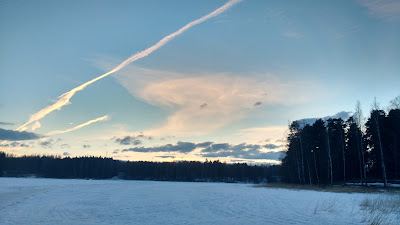PhD student Ian Merrell updates colleagues on the latest activities of the Rural Growth Intereg project and how CRE is contributing to nurturing rural tourism across Europe.
The Rural Growth European Union Intereg project isn’t just a great opportunity for me to visit some fascinating places in Europe. It’s an initiative that aims to increase the competitiveness of rural small and medium sized enterprises through tourism, and it brings together partners from the Netherlands, Spain, Italy, Hungary, Romania and Finland for knowledge exchange and learning. CRE is the academic advisory partner and that’s why we are invited to meetings in all of these different countries. The project aims to provide a methodology for the practitioner groups to follow, using contributions from local stakeholder groups as their starting point. The themes of previous meetings have largely been around ambition setting, status quo analysis and highlighting best practice, but now the project is progressing into the juicier stages of influencing policy. Each partner is to host an inter-regional meeting and this time it was the turn of Savonlinna (in Finland) and Medina Del Campo (in Spain). So, on to Finland!
After a beautiful train journey north out of Helsinki, the team arrived in the tranquil town of Savonlinna. Our Finnish hosts had invited a local Councillor to open the meeting and provide a detailed overview of the socio-economic context of the region, explaining the importance of cultural events, newly planned infrastructures and potential ties with St Petersburg to improve the touristic offer. In the afternoon each of the partners from the countries involved was asked to present what they wanted to achieve in the project, now they have consulted with their local stakeholders and highlighted their best practices. Each is now developing a distinctive offer; no two presentations were the same, and each was interesting in its own way.
Field visits are a vital part of inter-regional knowledge exchange and our Finnish hosts were keen to show us the sights. We visited a local hotel (as you will see from the photo, I took the rather adventurous route – on ice skates on a frozen lake), the world’s largest wooden cathedral, Savonlinna Castle (the home of the International Opera Festival) and National Park. We also met local entrepreneurs.
We rounded off the visit with a workshop where the CRE team helped partners to think about policy instruments and action plans. The importance of digital connectivity emerged as one constant theme in the discussions.
Our next project get together was at a completely different venue: Medina Del Campo, two hours west of Madrid. Our Spanish partners had organised accommodation in a 16thCentury fortress (a real treat!). The focus of the meeting was to consider the key themes that have emerged from our work so far:
-
Building on Natural and Cultural Resources: The Importance of Place
-
Enterprise, Partnership and Diversification: Innovation and Incubation
-
Providing Recreation and Amenity: Providing Authentic Rural Experiences
And to look at the first drafts of the partners’ action plans around these themes.
The partners each presented their first draft action plans to the group and feedback was given by the CRE team. Again, the plans are developing in different and interesting ways; some partners are focusing on creating local brands and networked governance, while others are more concerned with physical infrastructure or providing consolidated information for other partners.
But there was time to find out more about tourism on the ground too. Our Spanish partners were very enthusiastic about showing us their best practices through a series of fieldtrips and evening meals. The region has built up tourism around their local wine industry, with an official wine route for visitors, and they also put on historical re-enactments. We had the opportunity to sample both. Highlights included a tour through Medina Del Campo (experiencing a small re-enactment, sampling local produce and a visit to the palace/town hall) and a bus journey through their famous wine route (stopping off at wineries, restaurants and shops).
On the final day of the meeting the focus turned to policy instruments and, more importantly, how the group could influence them, with some useful discussion involving everyone. This is a key output of the project, and should provide some rich and nuanced results for future projects to learn from. Next stop, Hungary!



